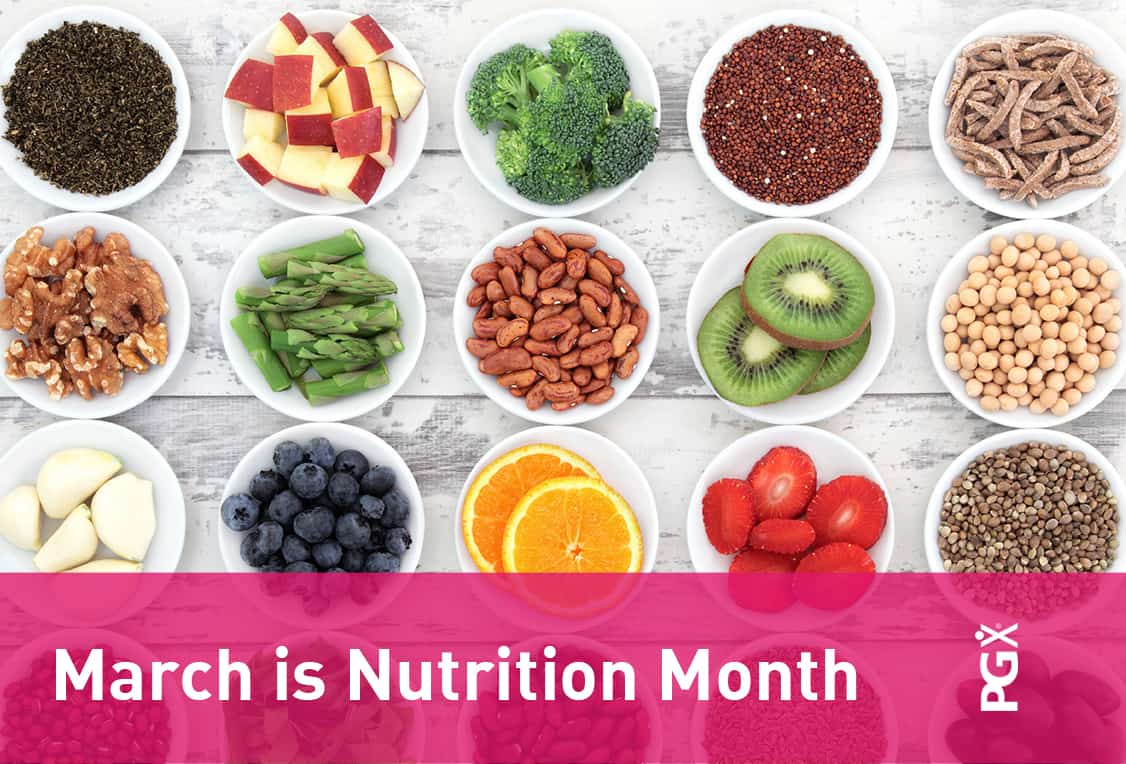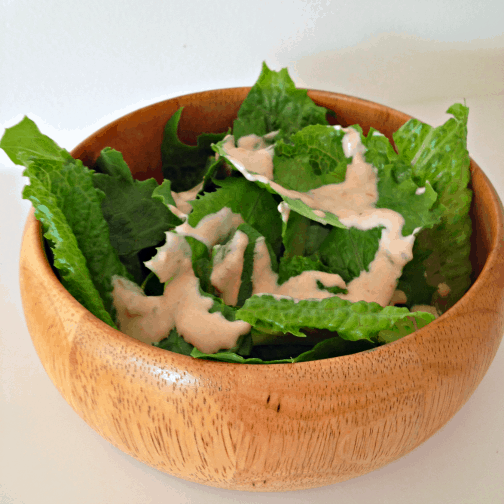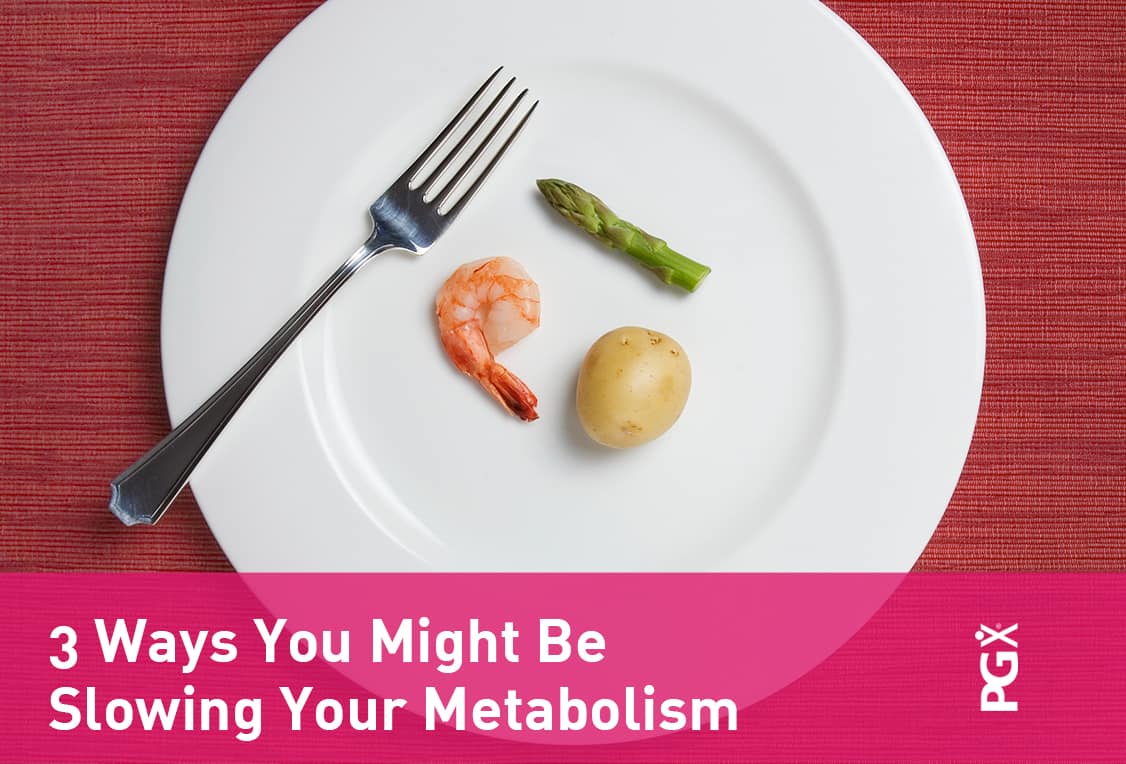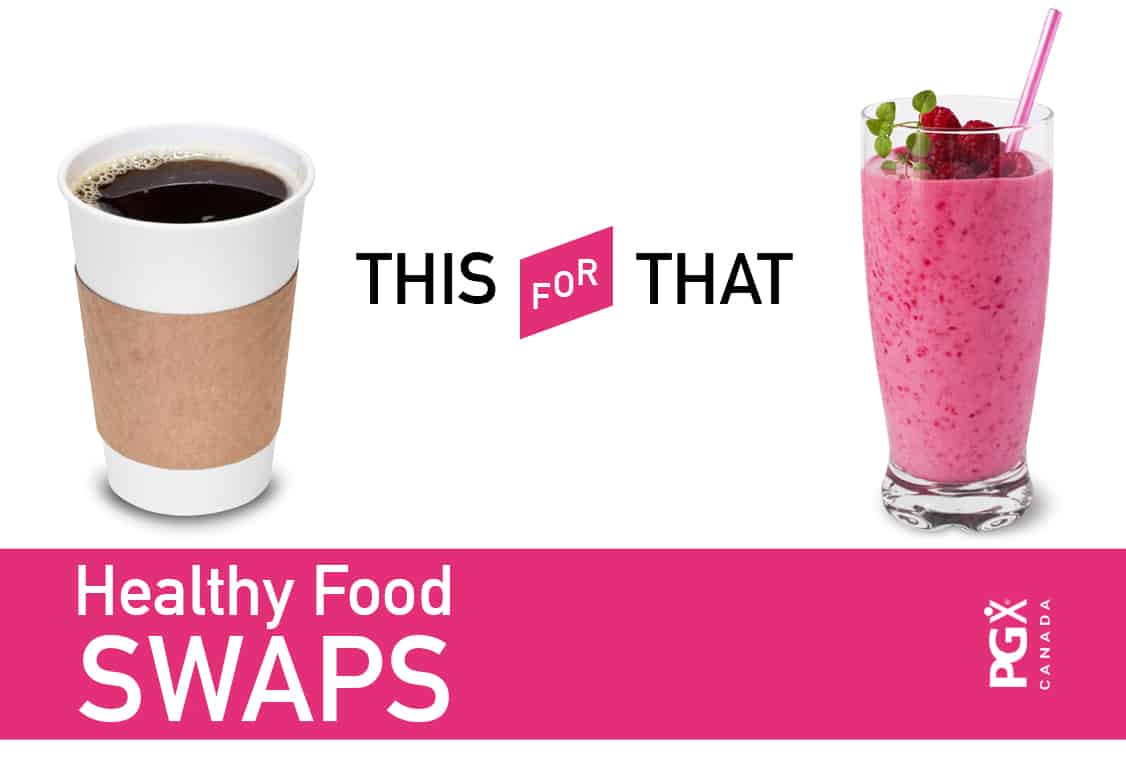
Some people are more than happy to eat a kale salad for dessert, but for anyone with a sweet tooth it can be a little harder to maintain a healthy diet. Not all desserts are laced with sugar and fat however, some are downright good for you! As well as healthy desserts you can indulge in, there are plenty of easy ways to turn a decadent dessert into a nutrition powerhouse, without losing any of the flavour or sumptuousness.
Simple Substitutions for Healthy Desserts
Here are just a few simple substitutions for the highly calorific ingredients often found in dessert recipes:
- Mashed banana or apple sauce for sugar (reduce overall liquid in the recipe)
- Cinnamon and vanilla extract for sugar
- Flaxseed (1tbsp) mixed with water (4tbsps) to replace one egg
- Almond meal mixed with apple juice for frosting
- Dried fruit or cacao nibs for chocolate chips
- Refrigerated coconut cream for heavy cream
- Soy or almond milk curdled with apple cider vinegar for buttermilk
With these replacements you can turn muffins, cookies, cheesecakes and all sorts of desserts into vitamin and mineral packed, reduced calorie, reduced fat healthy indulgences.
Eating the Rainbow
Plenty of desserts are simply healthy to start with, such as rainbow popsicles made with an array of brightly coloured, antioxidant rich fruits such as watermelon, pineapple, oranges, kiwis, blueberries and strawberries. Just puree and freeze the fruits in sequence and you’ll have popsicles even your kids will love, with no added sugar!
To make them a little more like creamsicles, mix coconut cream with the pureed fruit – they will take a bit longer to freeze though.
You can also make rainbow fruit skewers – perfect for kids birthdays and for Pride!
Moroccan Spiced Oranges
Moroccan spiced oranges is another healthy dessert that can be made in minutes. Peel and slice 6 oranges into half-inch pieces, and mix with 1/4 cup slivered almond, 1/3 cup chopped pitted dates, 1 tbsp lemon juice, 1/4 tsp cinnamon, and 1tbsp of coconut sugar if you like things a little sweeter. Cover and chill for 5 minutes before serving.
A Healthy Raw Dessert
There are even healthy desserts for those who like a good cream pie. Courtesy of Chocolate Covered Katie, you can quickly whip up a <a href=”http://chocolatecoveredkatie.com/2010/12/06/raw-coconut-cream-pie/”>Raw Coconut Cream Pie</a> that includes coconut meat and raw zucchini, offering a fantastic array of vitamins and minerals, including potassium (great for keeping blood pressure healthy), and beta-carotene (to keep your eyes, ahem, looking good). †
Indulgent Chocolate Seed Balls
Or, how about making some <a href=” http://ohsheglows.com/2013/07/29/super-seed-chocolate-protein-bites/ “>chocolate seed balls</a> like Angela at Oh She Glows? These are choc full of antioxidants and have no added sugar. Simply throw your chosen ingredients into a food processor and when the dough is tacky enough (add a little water or apple juice if it’s too heavy), form the dough into inch-round balls and then freeze for about 15 minutes.
Use a cup of dates to about 3/4 cup of ground nuts and/or seeds, add a 1/4 cup cocoa powder, a dash of vanilla extract (or try peppermint extract!), a 1/4 tsp of cinnamon for a little added sweetness, and a dash of salt.
These nutrient-dense balls can be made nut-free by using a mixture of hemp hearts, chia, pumpkin and sunflower seeds. Use ground almonds for a little more sweetness, and add extra nutritional punch with cacao nibs, spirulina or protein powder (beware adding too much spirulina, lest they end up tasting too healthy!), flaxseed, and unsweetened coconut.
More Healthy Dessert Ideas
Other simple ways to make healthy desserts you can safely indulge in while keeping sugar and fat intake low include those that include plenty of plant fibre and natural sweetness, such as:
- Chocolate zucchini bread
- Banana bread
- Beet brownies
- Apple oatmeal muffins
- Ground walnuts and dates for pie crust
- Apple crumble with a date and oat topping
- Black bean chocolate brownies
- Pineapple and cashew ice cream
The plant fibre in these desserts helps to reduce their glycaemic index and leave you feeling full and satisfied even when eating fewer calories.† In addition, the nutrients in these plant foods support healthy metabolism and can provide protection against free radical damage.† For a simple way to lower the GI of a recipe and help cut calories, try adding a scoop of PGX* protein, or sprinkle PGX granules onto desserts.
Explore PGX recipes for other healthy options!
*Drink additional water (8 fl. oz.) after ingesting PGX®. If you are taking medications, take one hour prior to or two hours after taking PGX®.
† This statement has not been evaluated by the Food and Drug Administration. This product is not intended to diagnose, treat, cure or prevent any disease.







